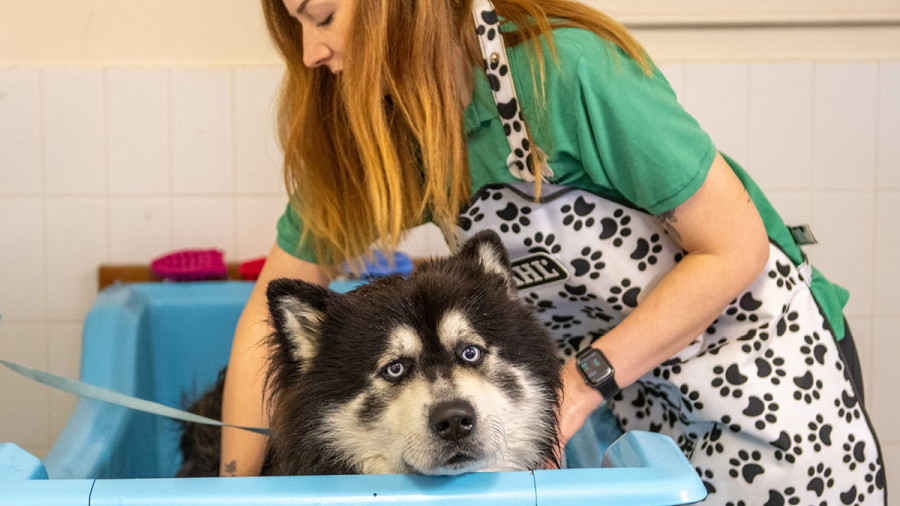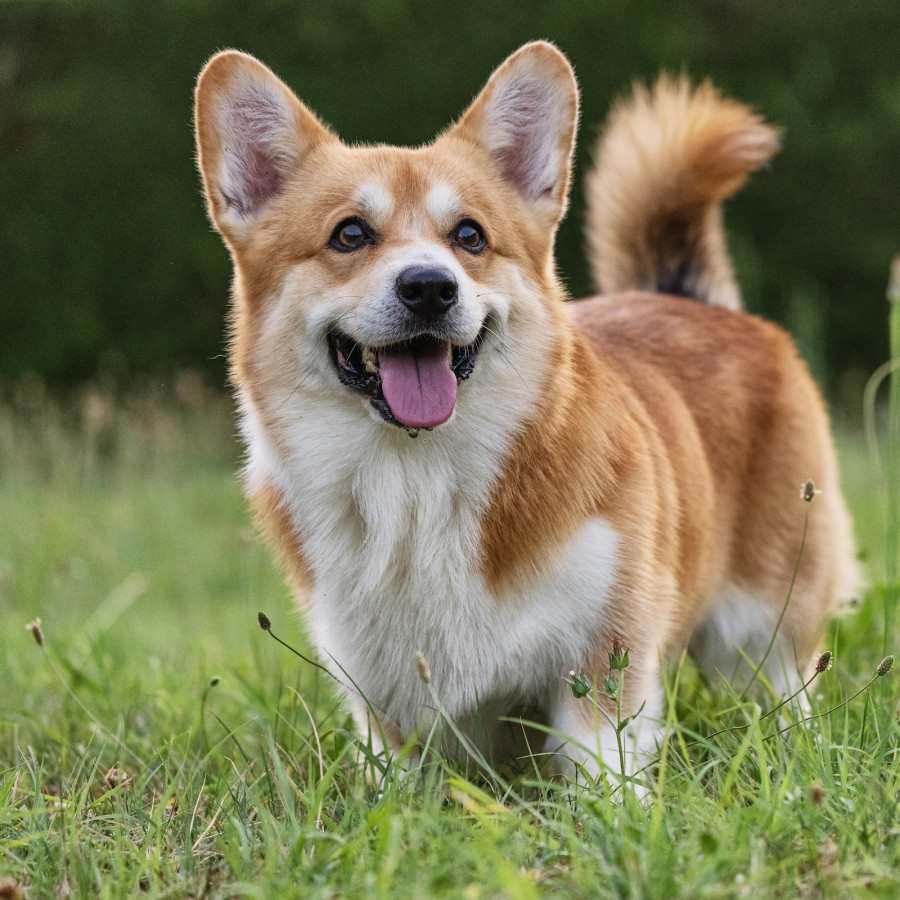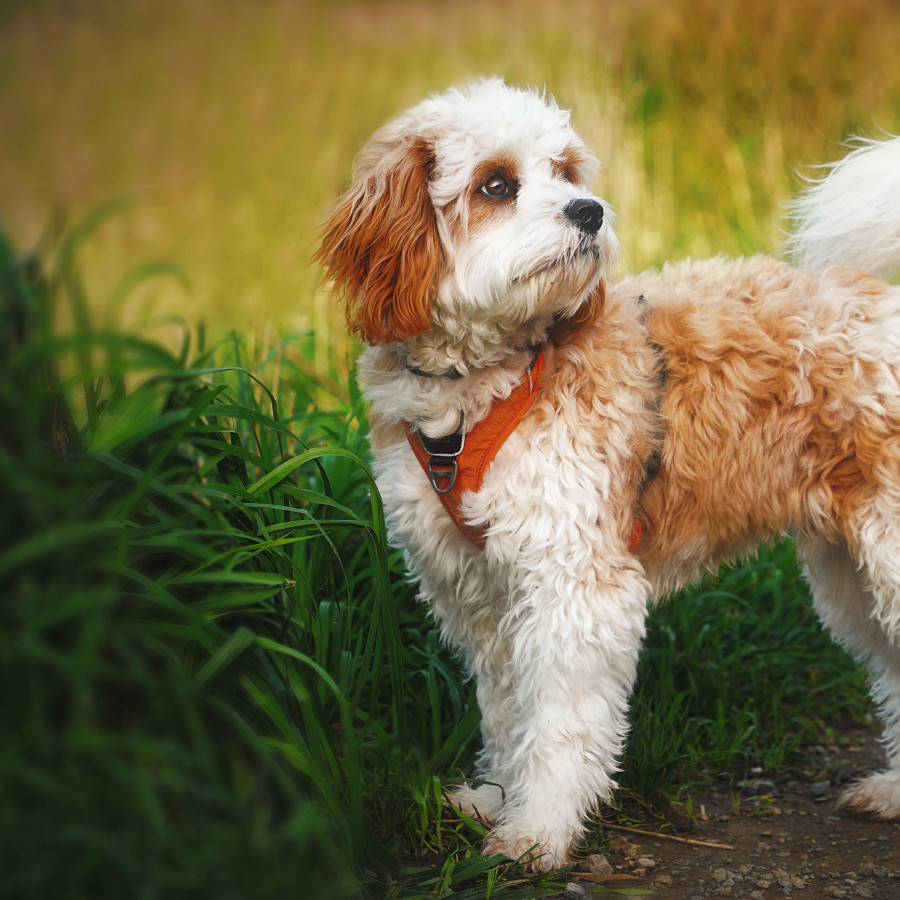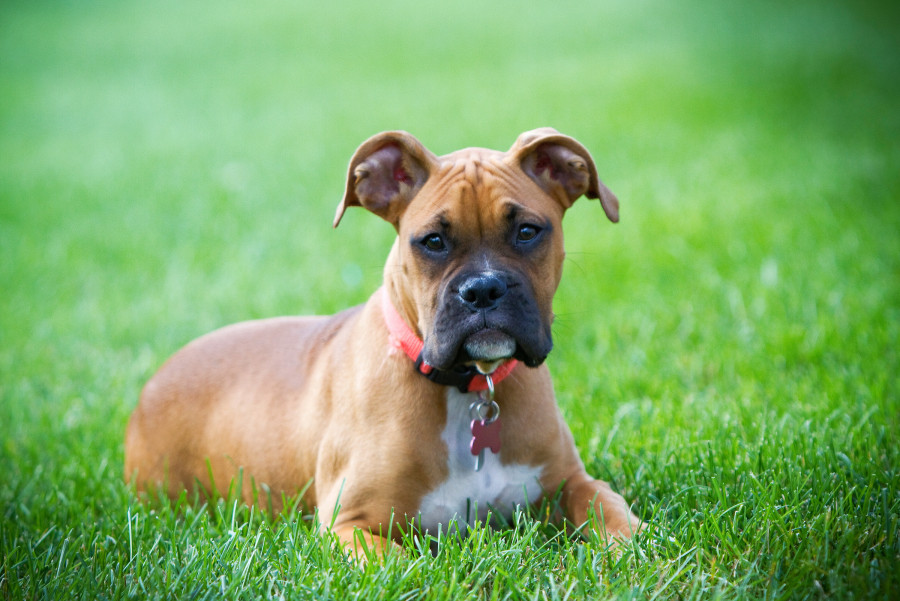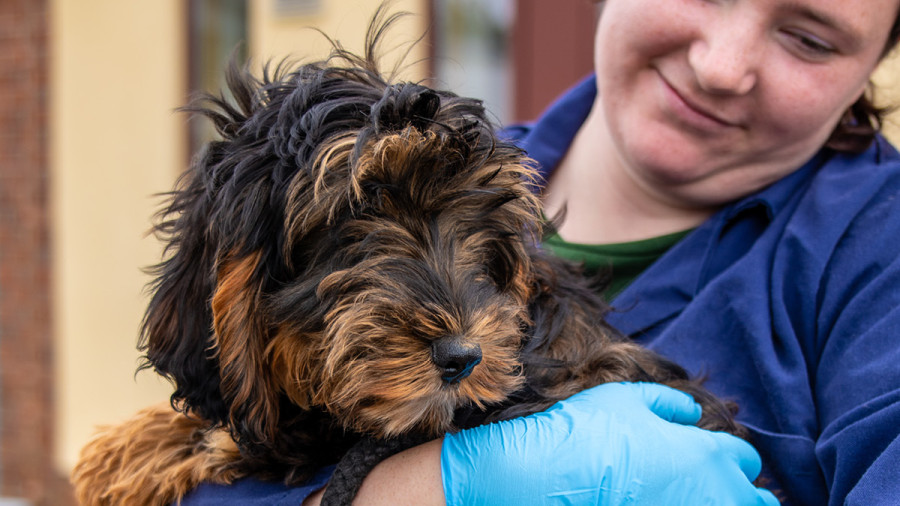
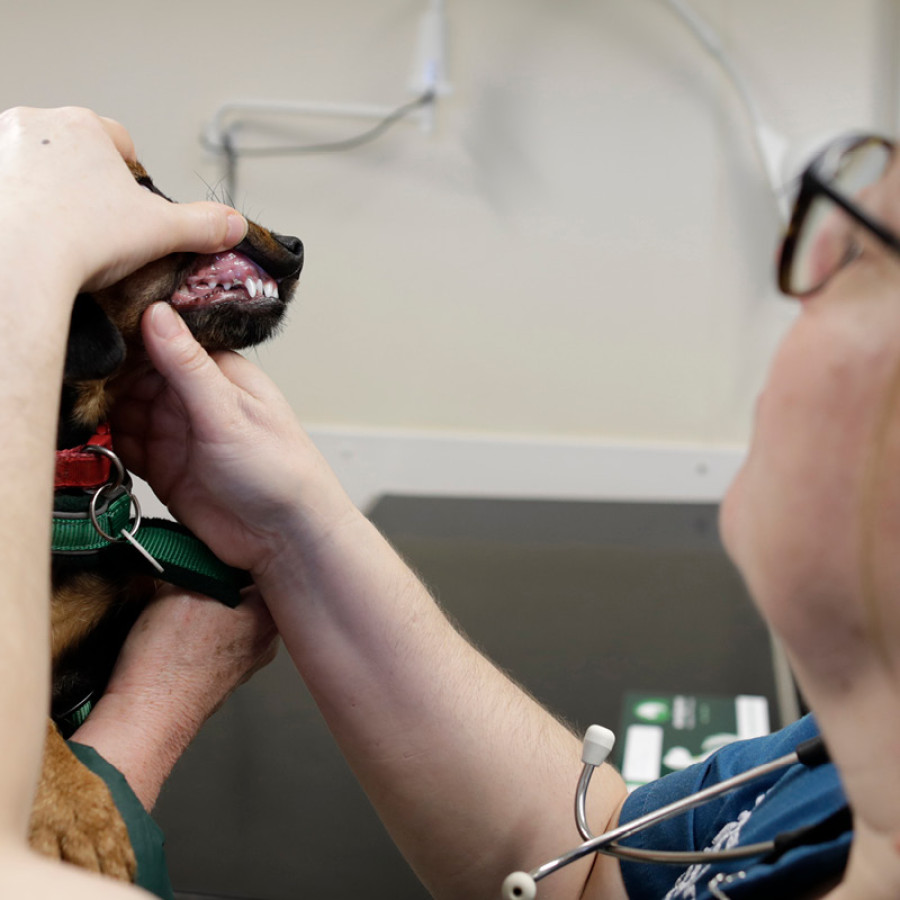
How to look after your dog's teeth
I’ve had my dog for a couple of years now, and I just realized I haven’t really been doing much to care for her teeth. Her breath is starting to smell pretty bad, and I noticed some yellowing on her back molars. I feel awful for neglecting it, and I want to get her dental health back on track. What’s the best way to take care of a dog’s teeth at home?

